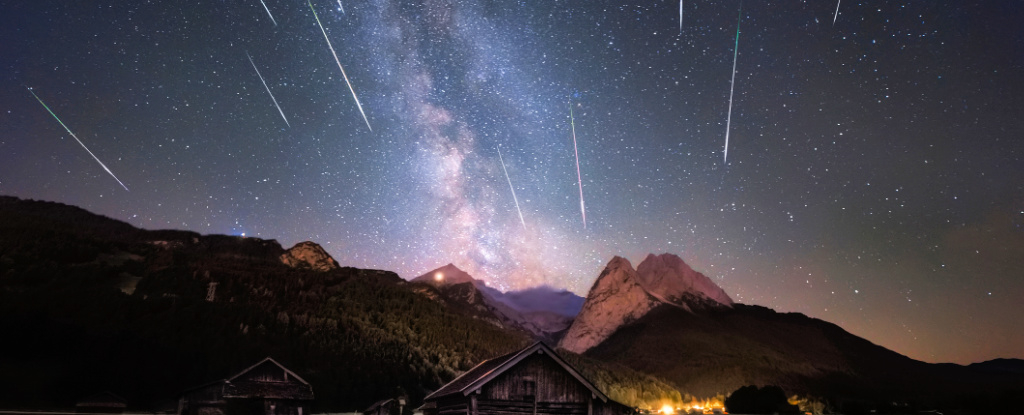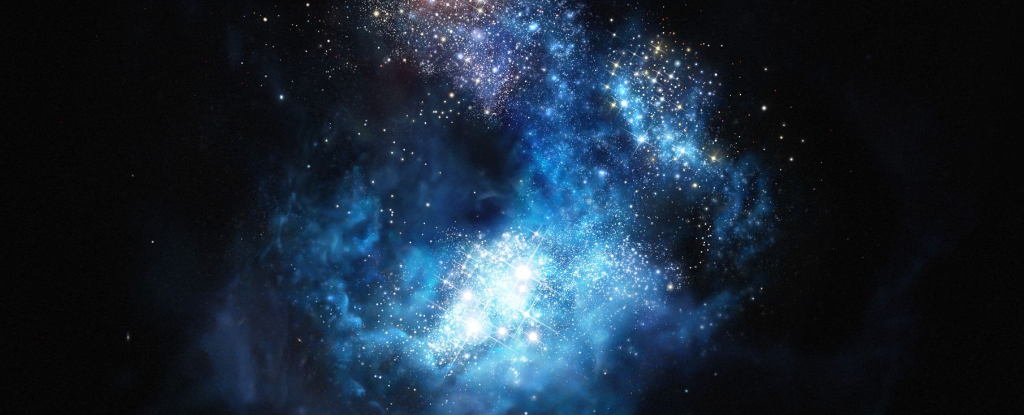Make sure to head outside this weekend to witness one of the most spectacular cosmic events of the year – the Perseid meteor shower.
The peak will occur on Sunday night, August 13, but the viewing is predicted to be excellent in the preceding nights. In fact, researchers say this will be one of the best years for spotting the Perseids.
“Conditions this year couldn’t be more perfect,” Diana Hannikainen, observing editor of Sky & Telescope explains in a media release.
“The waning crescent Moon, which is only 8 percent illuminated, rises in the wee hours of the morning on August 13th and won’t interfere with viewing.”
The Perseids will be visible to pretty much everyone in the Northern Hemisphere and in dark spots, roughly one meteor will be visible per minute.
The ‘shooting stars’ are actually dust and debris that hit our atmosphere at high speed and burn up as Earth passes through the vast tail of Comet 109/Swift-Tuttle – which last ventured into our neighborhood in 1992 and will next swing by in 2126.
“It only takes a brief moment after the meteoroid collides with the air molecules before the atoms emit light, which is when you can see a glowing trail in the sky,” says meteor investigator Denis Vida from Western University in Canada.
“The prime time will be just before sunrise on August 12 or 13. If you’re observing in the evening, start after 10 pm and look towards the east or northeast. Finding the Big Dipper can be a guide to spotting some Perseids.”
This year, Western University and NASA have partnered to launch a meteor activity website that will help you work out how good the show will be on a particular night.
frameborder=”0″ allow=”accelerometer; autoplay; clipboard-write; encrypted-media; gyroscope; picture-in-picture; web-share” allowfullscreen>
Unfortunately the event is below the horizon for those in most parts of the Southern Hemisphere. But you can watch live from the comfort of your own home via the Virtual Telescope Project’s livestream on Sunday at 0130 UT.
Why is it called the Perseids?
The tails of the meteors all seem to point to the northern hemisphere constellation Perseus, which is why the event is called the Perseid meteor shower.
During the meteor shower’s peak, which is when we pass through the densest part of the tail, skywatchers in the Northern Hemisphere can expect to see up to 60 to 70 shooting stars per hour, provided they’ve found some dark, clear skies for viewing.
The 2016 shower was a doozy, with closer to 200 meteors per hour lighting up the sky thanks to Jupiter tugging at the comet’s dust trail, allowing Earth to slip deeper into the stream.
frameborder=”0″ allow=”accelerometer; autoplay; clipboard-write; encrypted-media; gyroscope; picture-in-picture; web-share” allowfullscreen>
How best to see the Perseids
Remember it takes your eyes about 30 minutes to fully adjust to the dark, and don’t worry about acquiring any fancy equipment – you’ll be able to see everything easily with the naked eye, especially if you can get out of the city and away from the smog and light pollution. Beaches are always good places to watch.
“The main thing that could hamper enjoyment of the spectacle would be clouds or light pollution,” Hannikainen warned.
You can help find a dark enough spot near you, using this atlas of artificial sky brightness.
Unfortunately the event is below the horizon for those in most parts of the Southern Hemisphere.
Parts of this article were adapted from 2017 and 2021 coverage of the Perseids meteor shower.





